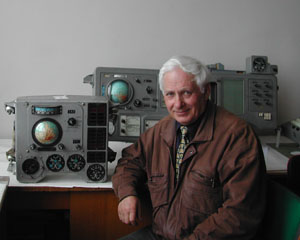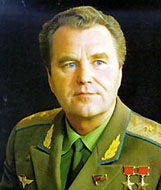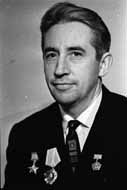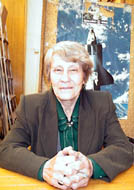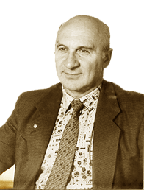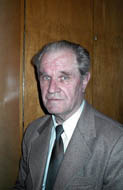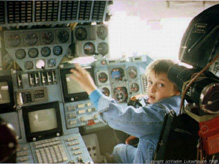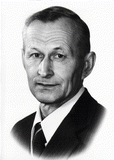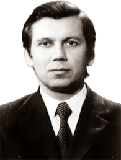|
|
|
|
|
Yurii Tiapchenko |
"The cosmonaut can be delegated those spacecraft control functions that he can perform as successfully as an automatic system that includes an onboard computer. If the cosmonaut and the computer perform operations with equal success, then one needs additional data about the characteristics of the system as a whole, and one may consider various degrees of the cosmonaut's participation in its functioning." Vladimir Shatalov, Human Being and Onboard Computer: A Comparison |
"A man assigned to cope only with control functions is an unjustifiable luxury. No craft is designed to carry dead weight. It must have a payload that performs a kind of useful work. This can be, for example, research. Therefore, steps must be taken to render spacecraft control simple and executable without high skills and during a minimum time. Every second of space flight is very expensive and must be utilized with a maximum effect." Konstantin Feoktistov, Living Being and Spacecraft: A Comparison |
|
|
|
|
|
"It is precisely in Soviet designers' stubborn efforts to create an automatic control system for rendezvous and docking and to exclude the cosmonaut from the control loop that one must look for the reason for our lagging behind the Americans in the latter half of the 1960s." |
"Further improvement of intercontinental ballistic missile guidance systems required a sharp increase in the amount of information processed on board a missile in real time. ... A revolutionary step at this point was the construction of missile guidance systems on the basis of onboard electronic computers." Anatoly Krivonosov, Khartron: Computers for Rocket Guidance Systems |
"The acute shortage of office space, the scarcity of skilled personnel, the understaffing of the management, and the lack of such essential units as general technical support services, an archive of technical documentation, design and technological divisions, and pilot production facilities seriously constrained the functioning of [the Center]." |
|
|
|
|
|
"Unlike the American space shuttle, which had been developed from the very beginning as a manned spacecraft, the Soviet Buran was to be capable of flying unmanned missions. This made the guidance system designers' task much more complex." |
"The beginning of the Cold War abruptly changed the fortunes of this Plant: it switched to the production of rockets. In just one year (!) the first serially produced rockets were made and sent to the testing area at Kapustin Yar." Boris Malinovsky, Southern Machinery Construction Plant: Computer Testing of Rocket Engines |
"They worked seven days a week. Every day at 6 pm, including Saturday and Sunday, a session was held to analyze the state of development and production, to hear reports... No formal records were kept; everyone wrote down one's tasks and gave a report by the deadline." Boris Vasilenko, Kiev Radio Factory: The First Serially Produced Onboard Computer |
